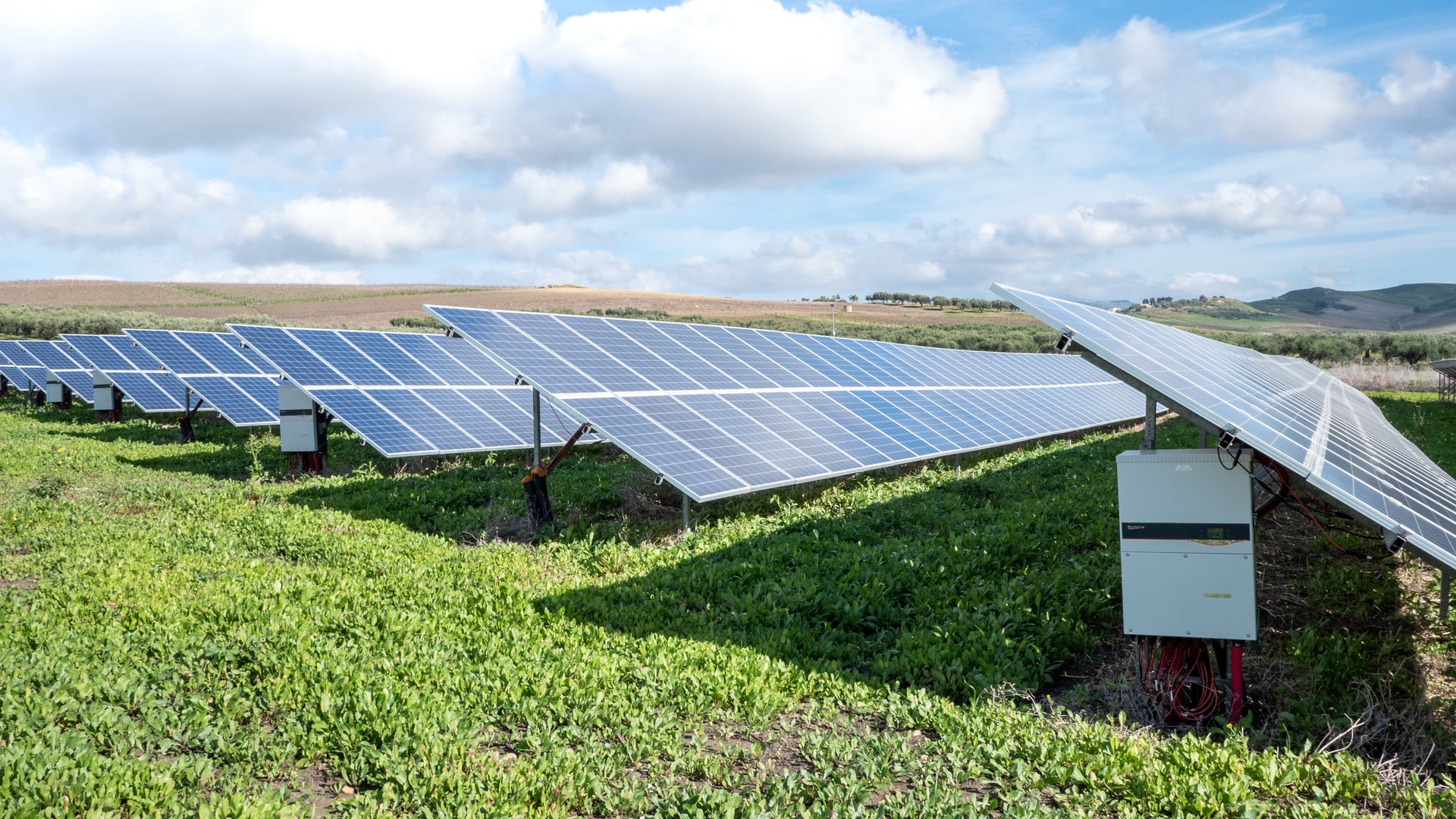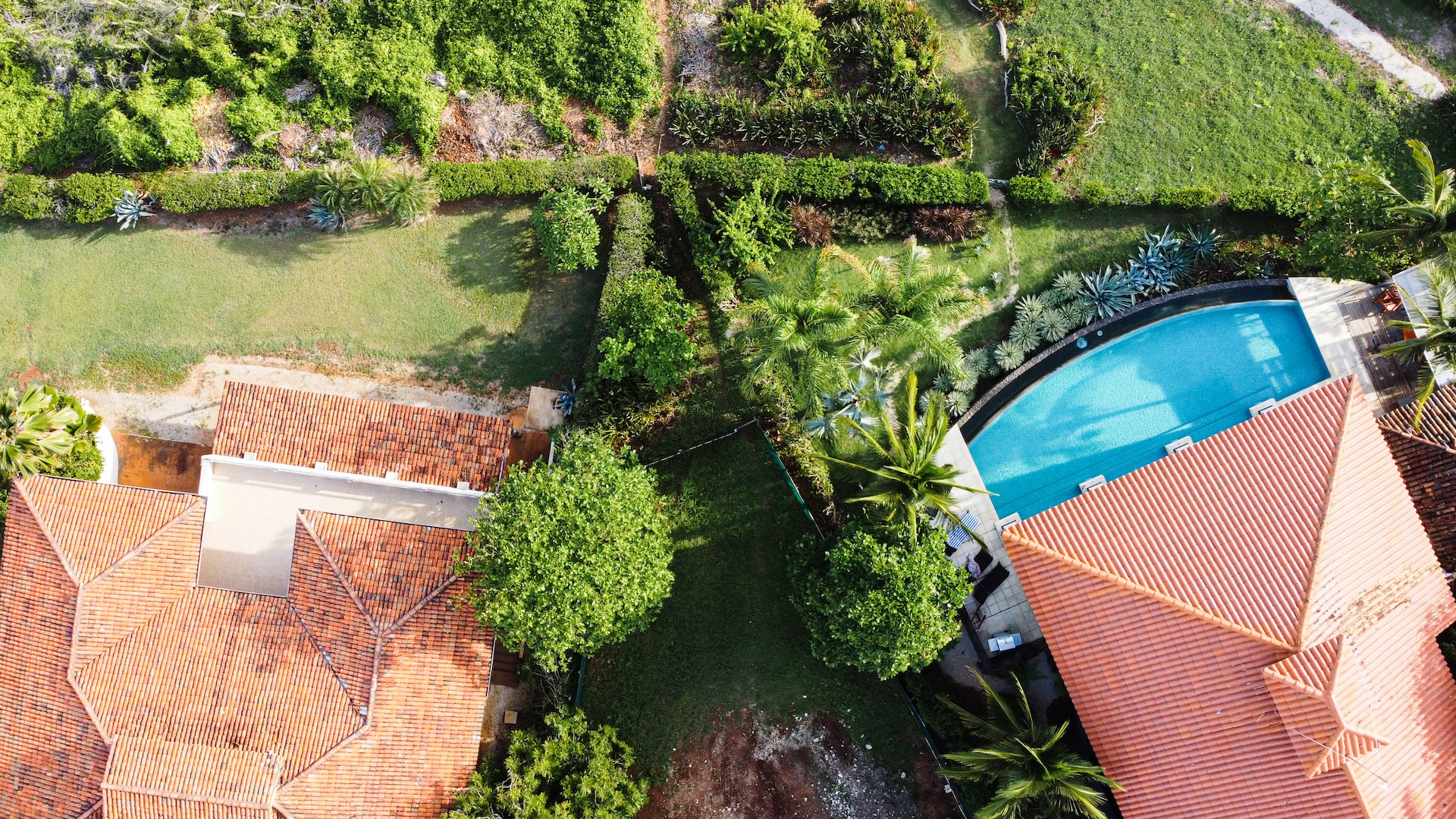Last Updated on: 22nd November 2023, 05:26 am
The average cost of one kWh of electricity in Queensland is around 30 cents. Energy-saving investments like solar panels can help bring down your electricity bills.
This article discusses the key factors that should be considered when performing an energy comparison QLD. It provides readers with an understanding of why, for example, large-scale solar PV only supplied 0.26% of power demand across Australia in recent years, even though it was estimated to have a power potential of 5% to 7%.
Solar Profile and Distribution
Most of the solar PV capacity in Queensland is located in South East Queensland (SEQ), which experiences little solar insolation (4 kWh/m² per day, see map below).
Compare the impact of such a small amount of distributed solar with fossil generators. SEQ has a peak daily demand in the late afternoon.
However, the most significant supply will be early morning and mid-day when solar PV production is minimal. Outside these periods, different generations from fossil sources can meet the remaining demand.
Solar generation in SEQ is also very diffuse, with a nominal capacity of over 3 GW, resulting in production averaging only 16 W/m². In contrast, a typical coal-fired power station will have a capacity factor >70% produce one kW/m².
Capacity Factors
Solar PV capacity factors are lower than other generators, meaning that the amount of power provided is less than might be assumed from the apparent capacity.
In 2014, solar PV was estimated to have a potential of 5% to 7% of power supply across Australia (given an average daily load curve and assumed solar insolation of 4 kWh/m²/day).
Still, the National Electricity Market (NEM) capacity factor was only around 20% in 2014. This compares with a typical capacity factor in the 90% range for fossil generators.
Grid Stability
Solar PV generation is highly variable, meaning it must be considered when assessing grid stability and security of supply.
As solar penetration increases, dispatchable power from baseload and peaking plants will become essential, and its availability will need to be hedged. The costs of these plants are not being considered in current estimates of generation costs.
Transmission Capacity
Solar PV is highly land-intensive, requiring the electricity network to be expanded to accommodate its needs. Grid stability issues may also arise as it is deployed on a larger scale, mainly if there are unscheduled cross-border flows to SEQ.
Low Capacity Factors and Capital Cost Estimates
The capacity factor of solar PV is lower than other generation technologies, as already discussed.
Estimates of capital costs for new solar PV plants are also likely to be higher than those used in recent financial modelling because it would be uneconomic to install solar PV in a remote area where the value of electricity is low.
Consideration of System Costs
As renewables increase, system costs will become an increasingly important component of total energy supply and demand. In 2014–15, these costs were estimated to constitute 35% of power prices from conventional generation in Queensland.
Final Thoughts
These factors should be considered during energy comparison in QLD. The choice of solar PV in SEQ is not an adequate substitute for meeting peak demand. Furthermore, its value in displacing generation from existing fossil sources will be minimal.









